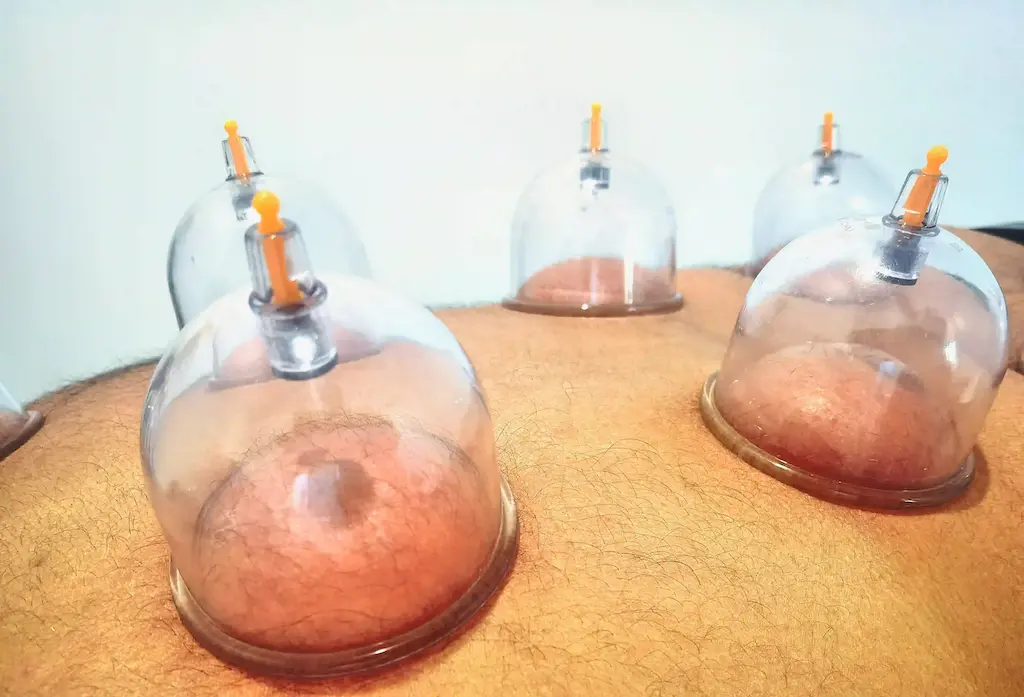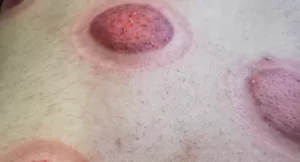
Understanding Cupping Therapy
As chiropractic clinics increasingly incorporate this technique into their repertoire, understanding its nuances becomes essential. This article delves into the intricacies of cupping therapy, its benefits, and why it might be the missing piece in your chiropractic care.
What is Cupping Therapy?
Cupping therapy is a form of alternative medicine where cups are placed on the skin to create suction. Cups are made of different materials such as glass, plastic, or silicone. Think of it as a reverse massage; instead of applying pressure, the skin is gently pulled upwards. Intriguing, right?
Historical Roots of Cupping
Cupping that is the same as dry needling isn’t a new-age trend. It dates back to ancient Egyptian, Chinese, and Middle Eastern cultures. Ancient texts mention the use of cupping as a remedy for various ailments. In Arabic, cupping therapy is known as “Hijama”, which is widely practised in many Muslim-majority for both health benefits and religious purposes.
Different Types of Cupping
There’s more than one way to do cupping! The two main types are dry and wet cupping. Dry involves only suction, while wet involves both suction and controlled medicinal bleeding.
Benefits of Cupping Therapy
Now, why is everyone raving about it?
Physical Health Benefits
- Relief from pain: Got a sore back or neck? Cupping might be your answer.
- Better blood flow: The suction promotes increased blood circulation.
- Detoxification: Helps in removing toxins from the body. (Wet Cupping)
Mental Health Benefits
- Stress Reduction: It’s like a spa day for your mind.
- Relaxation: The process can be incredibly calming.
How Does Cupping Therapy Work?
Let’s get a bit scientific here.
The Science Behind Cupping
The suction from the cups increases blood circulation to the area where the cups are placed. This can relieve muscle tension, promote cell repair, and aid in other healing processes.
The Process of Cupping
A therapist places cups on the skin and creates a vacuum by heating the air inside the cup. Once the air cools, it creates a natural suction. Due to the negative pressure, the skin and superficial muscle layers are lightly drawn towards the cup. As a result, the smallest blood vessels(capillaries) can be broken, leading to the appearance of a bruise.
The Indications of Different Colours After Cupping in Traditional Chinese Medicine
Pale or Light Purple: a deficiency or stagnation of Qi and blood.
Bright Red: heat in the body.
Dark Red or Purple: chronic stagnation or old blood stuck in the area.
Blue or Black: coldness or a lack. of circulation in the area.
Brown or Green: dampness or phlegm in the body.
No colour or Minimal Discoloration: a deficiency or lack of blood in the area. Another possibility is relatively balanced and healthy.
Blisters After Cupping Therapy

Bruising is expected but not blisters which are not common after cupping therapy. if there is not too strong suction or prolonged cupping placement. Blisters occurring in specific areas may signify the following conditions.
Excess Heat or Dampness: heat or dampness is drawn to the surface from the deeper levels of the body.
Blocked Qi and Blood: the body’s attempt to release the stagnation.
Toxin Release: another form of toxin is released.
Weakness or Deficiency: The skin is more susceptible to reactions from cupping.
Your First Cupping Session
Preparing
It’s natural to feel a mix of excitement and nerves.
What to Expect
You might feel a tight sensation in the area of the cup. It can be intense but should not be painful.
Aftercare and Maintenance
After the session, you’ll notice reddish circles on your skin. Don’t worry; they’ll fade in a few days. Avoid strenuous activities and keep the area clean.
Conclusion
Cupping therapy, with its rich history and multifaceted benefits, is more than just a trend. It’s a testament to the timeless nature of holistic healing practices and their place in modern chiropractic care. Whether you’re seeking relief from chronic pain, looking to detoxify, or simply curious, consider discussing cupping therapy with your chiropractor on your next visit. The path to holistic wellness might just lie in this ancient practice.
FAQs
- Is cupping therapy painful?
- No, it might be a bit uncomfortable, but it shouldn’t hurt.
- How long do the marks from cupping last?
- Typically, they fade within 3-7 days.
- Can I do cupping therapy at home?
- It’s best to consult with a professional to ensure safety.
- Are there any side effects?
- Some people might experience mild discomfort or skin irritation.
- How often should I get cupping therapy?
- It varies, but many opt for once a month.
